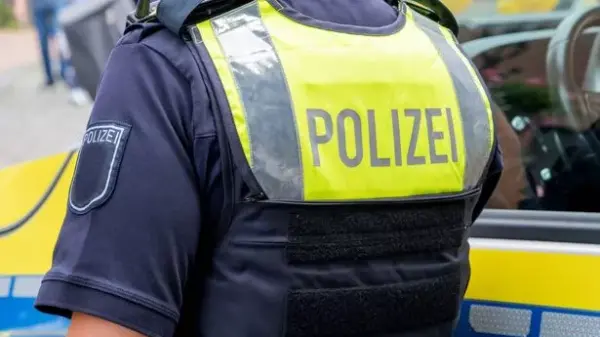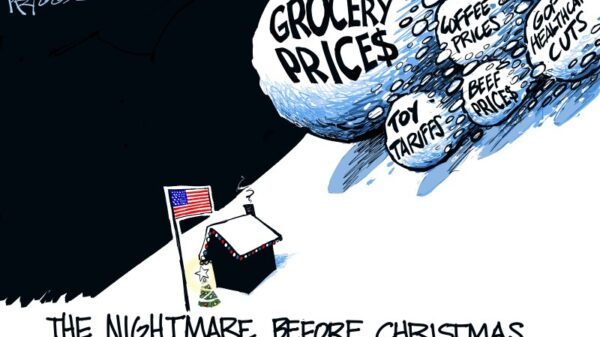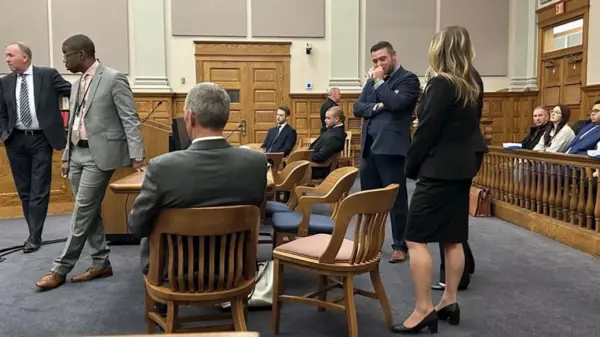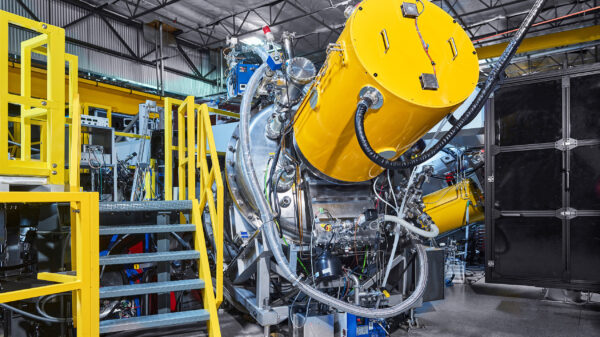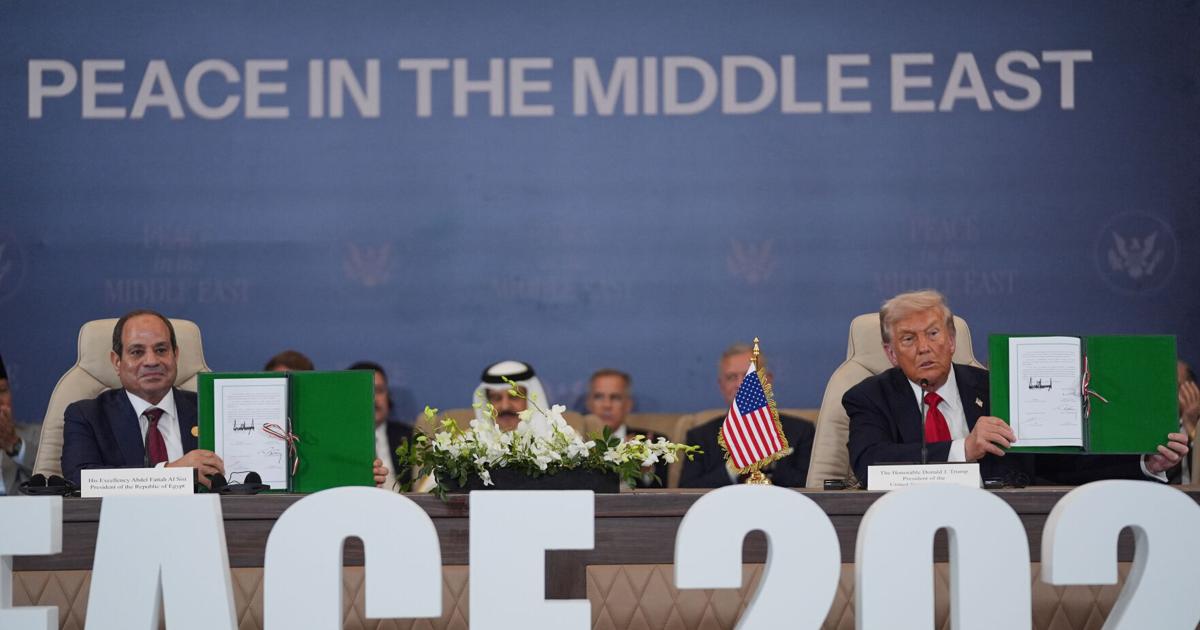UPDATE: A historic ceasefire in Gaza has triggered celebrations across Israel and Palestinian territories, as the release of hostages and the imminent freedom of up to 2,000 Palestinian detainees signal a potential shift in the conflict. Just hours ago, officials confirmed that the ceasefire has taken effect, allowing families in northern Gaza to begin searching through rubble for the estimated 10,000 missing individuals.
In a dramatic turn of events, U.S. President Donald Trump has returned from Jerusalem, where he was met with cheers in the Knesset, to Sharm el-Sheikh, Egypt. There, he convened with over 20 world leaders, including British Prime Minister Keir Starmer, to discuss a new peace plan aimed at stabilizing the region.
Despite the relief brought by the ceasefire, uncertainty looms. Many Palestinians express distress over the release process, uncertain about who will be freed and where they will be sent. The humanitarian need in Gaza is critical, as residents urgently seek food, medicine, and reconstruction resources. The devastation left behind by the recent conflict demands swift action and funding to restore essential services, including homes, schools, and hospitals.
While the ceasefire and aid are welcomed, experts caution that the absence of a clear timeline for Palestinian self-determination undermines the potential for lasting peace. Trump’s recent comments at the Knesset have polarized opinions, with critics arguing that his framing of the situation overlooks the complexities of the conflict and the need for genuine Palestinian agency.
Next Steps: The international community must closely monitor the developments from the peace summit, especially as plans for a follow-up conference in the UK emerge. The success of Gaza’s transitional administration hinges on strong international support for the Palestinian Authority, which could pave the way for governance, moving away from Hamas.
As the situation evolves, attention must remain on the humanitarian crisis in Gaza. With aid trucks poised to deliver essential supplies, the priority must shift towards rebuilding the shattered infrastructure. The world watches closely as both Israelis and Palestinians navigate this fragile moment of hope and uncertainty.
In conclusion, while the ceasefire has ignited a glimmer of hope, the path to peace remains fraught with challenges. As leaders work towards a sustainable resolution, the urgent need for humanitarian aid and reconstruction in Gaza cannot be overstated. The coming days will be critical in shaping the future of both Israeli and Palestinian lives.










